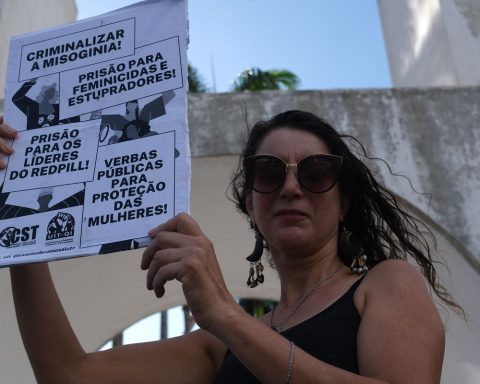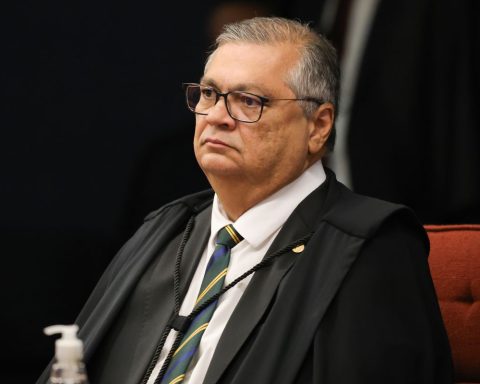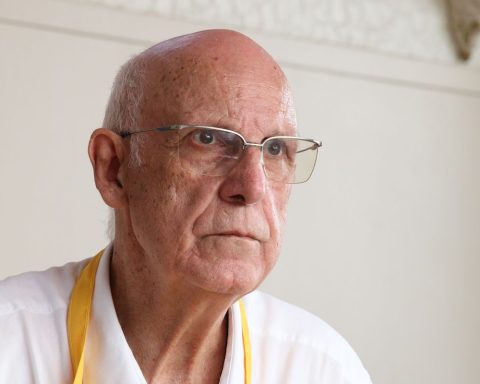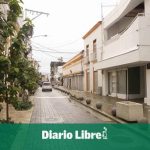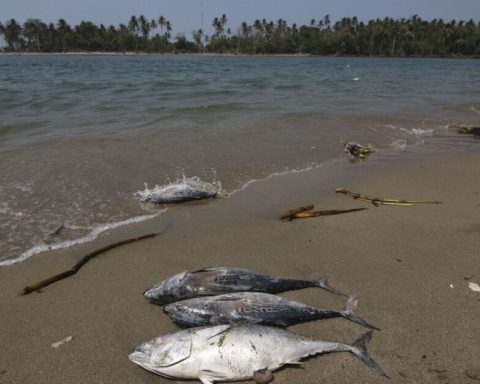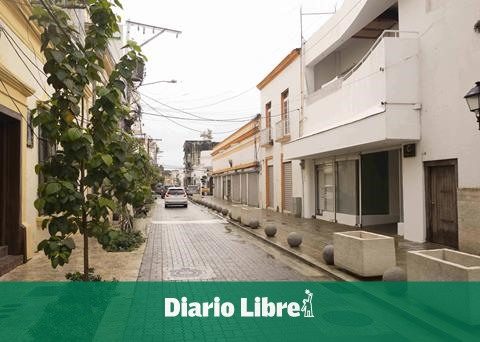The National Museum of Rio de Janeiro, linked to the Federal University of Rio, foresees for the three-year period 2024/2027 the complete reopening of the Paço de São Cristóvão Palace, destroyed by a fire on September 2, 2018.
In an exclusive interview with Brazil Agency, museum director and paleontologist Alexander Kellner said that school visits will resume between the end of March and the beginning of April, in a new visitor center. He revealed the desire to make gradual reopenings of the palace so that the population can check the result of what is already ready in the restoration.
Kellner said he was hopeful that the federal government’s attention would allow the works to gain more resources and speed – of the BRL 433 million budgeted for all actions, which go beyond the restoration of the palace, BRL 168 million still remains to be raised.
“We want to do [excursões escolares] at the end of March and beginning of April, so that the National Museum will be back”, stressed Kellner. He said that the new visitor center – measuring 500 square meters – will first receive the public schools around the campus. “It’s a mini National museum. Let’s show the donations we have received. The pieces will stay for some time and will be replaced so that we can always show what is being donated, like the minerals coming from Russia”, he stressed.
Regarding the complete delivery of the project, he noted that what will determine the speed of the works and the date of the total opening of the palace is the availability of resources.
Articulation
“We reopened smoothly in 2026, just have the help of the Ministry of Education (MEC). But we are planning partial reopenings. Maybe in 2024 something will open, maybe in 2025, but it will depend on articulation and money. how to rebuild the National Museum without public funds, and the MEC, through Minister Camilo Santana, was very sensitive to the cause of the National Museum, which is a cause of Brazilian society”, he said. “The wish of the administration of the National Museum is to fulfill the wish of the Brazilian population, who want to visit Block 1 even before the others finish”, he stressed.
The renovation of block 1 of the palace began in November 2021 and is the most advanced, with the completion of the facades and roofs scheduled for this year. Meanwhile, blocks 2, 3 and 4 will start to be restored throughout 2023, and, according to Kellner, the works will be faster. “Now it’s repeating what we’ve already done. It’s easier”.
On the Bicentennial of the Independence of Brazil, in 2022, the National Museum managed to hand over the Jardim Terraço and the front facade of the palace to the population, which returned to the ocher color and attracts the attention of those who visit Quinta da Boa Vista. The museum director is excited when commenting on the delivery and says that the public is moved to see the main entrance to the restored palace.
“The facade is crying. People even say something that is perhaps not so absurd: perhaps not even the Imperial Family has seen such a beautiful facade, because it has been completely restored. People are moved to see it. This demonstrates that, despite everything, we are moving forward”, he opined.
The hope of support from the federal government comes as a counterpoint to the delays caused by a lack of commitment from the previous administration, said Kellner. The director of the museum stated that the National Historical and Artistic Heritage Institute (Iphan), during the Bolsonaro government, was remiss with deadlines and project approvals, causing delays. Likewise, the Special Secretariat for Culture, he said, did not respond to requests from the museum’s management and also made it difficult to approve projects via the Rouanet Law.
“The Secretariat of Culture disturbed us, the lack of having the Ministry of Culture disturbed us. In the last year, Secretary Hélio Ferraz tried to make up for lost time, but, in the previous administration, despite making more than ten requests, we had none of them. response. We couldn’t even be received for a cold coffee. We tried more than ten times”, he reported. And he added: “they hit the National Museum hard. The slowness of the Rouanet Law harmed”.
Kellner noted that Iphan and MEC have already visited the National Museum this year, and in a meeting between the museum’s directors and the ministry, this month, they will present in more detail the current situation and the plans for the best progress of the restoration.
More than a museum
As a UFRJ research institution, the National Museum also suffered impacts from the fire on its scientific training and production activities, which lost the physical space of rooms that functioned in the palace and an important part of its collection.
“The National Museum reinvented itself and got the necessary spaces by sharing what little it had. We managed to maintain the defenses of dissertations and theses from our six postgraduate programs. Yes, some projects were harmed because a lot of material was lost and had to be redirected. It impacted, but it didn’t paralyze”, revealed.
Kellner also said that research also suffered a setback with the loss of laboratories and equipment, but donations such as that from the German government and investments such as those from the Coordination for the Improvement of Higher Education Personnel (Capes) and the Foundation for Support of Research by the State of Rio de Janeiro (Faperj) allowed the work to continue moving forward.
difficulties
With the progress of the works, the construction of the Research and Teaching Campus on a land adjacent to Quinta da Boa Vista and the renovation and expansion of the Central Library gave new impetus to these activities, which were not interrupted and work continued amid to difficulties.
“Our researchers are still struggling to have a minimally decent space to work. So, with the renovation of the library, we’ll already have a space that will house a good part of them”, he pondered. “With the opening of the library, we will also be able to explore the possibility of opening the Botanical Garden, where the library is located, for visitation. But, for that, we need resources that we don’t have yet. We estimate around BRL 12 million”.
The delivery of the library was scheduled for this month, but delays related to the purchase of air conditioning equipment should postpone the reopening until the second half. On the land adjacent to the Quinta, construction is underway on three modular buildings that will house research departments, and work on the first new permanent building on the National Museum campus should also begin this year.

